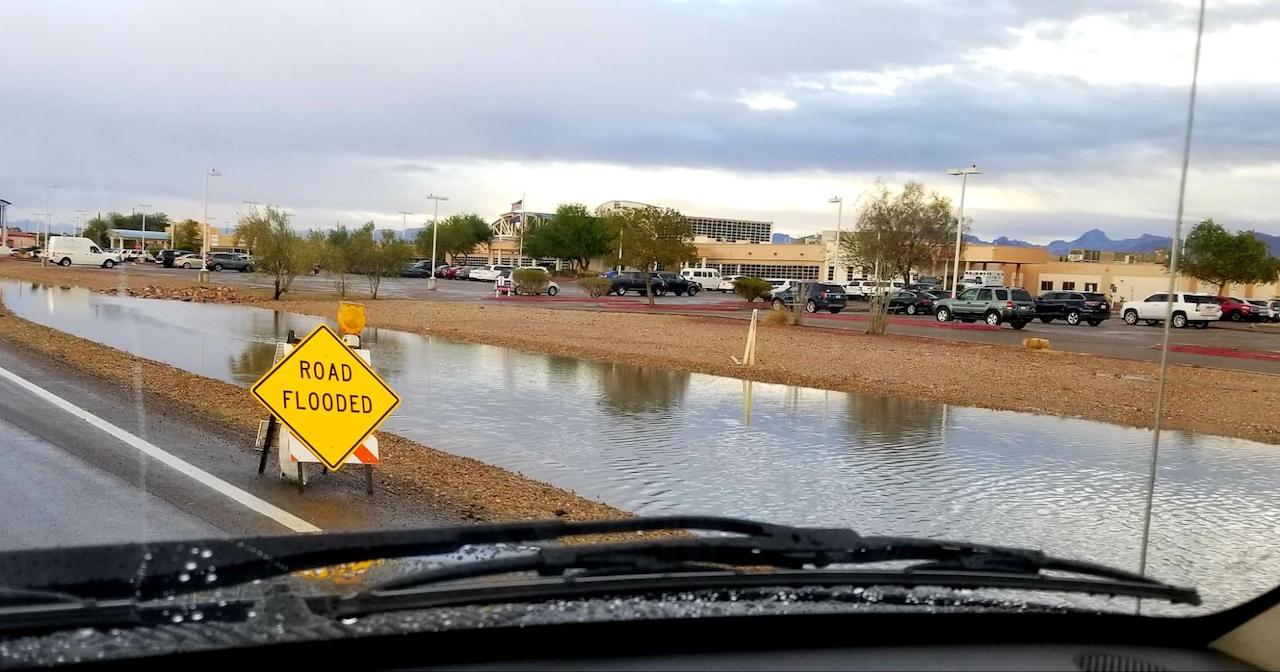How Flood Control Barriers Can Save Local Governments Money
Depending on factors like your community size, economic output, and state and/or federal aid, a local government's budget is almost always a concern. It's rare for a surplus of money to be available.
In almost every case, flooding is the most likely and expensive natural disaster a community can face. After all, it can flood in any place that experiences rain. To make matters worse, the financial costs that come with flooding are expected to rise over the next several decades.
This is why local governments should urgently be aware of and act on ways to reduce and save on flood-related events. Here are some actions you can take to improve your flood management strategy.
Steps Local Governments Need to Take Regarding Flood Control
The cost of flooding is more than just the cost of the flood control barriers you buy. That's why a flood plan should also address more than just the tools used to mitigate the water levels. You have to create a holistic, end-to-end plan for handling various scenarios.
Here are the four main areas your plan should address:
Flood Mitigation
Flood mitigation is reducing the damage a flood can do before you have one. For example, to avoid losing critical paperwork, you could switch to storing data on a cloud-based government management software.
You should also establish "flood zones" — areas that flood more often — and ensure that community members know that these places are dangerous during heavy storms. It's also a good idea to set up flood water diversions so that floods don't spread to nearby neighborhoods, businesses, or streets.
Flood Preparedness
The best way to control a flood is to enact an emergency preparedness plan. Increasing flood preparedness could include making it easy for community members to access information and resources related to effectively preparing for and recovering from natural disasters. It could also encourage businesses and homeowners to buy flood protection.
If you know there will be a flood soon, you should set up communication channels and give an evacuation warning to the community members in the area (if necessary).
Make sure your public-facing GIS (geographic information system) map includes emergency sites, like hospitals, shelters, fire stations, and police departments. The map should also include evacuation routes and rally points that you've designated if you plan to make public transportation available for community evacuation.
To ensure you're fully prepared for a flood, it's ideal to routinely inspect and update your flood management tools. For example, sandbags may have been effective in the past. But, you can now buy sandless bags, which eliminates the monetary and time costs of buying and filling sandbags, along with the cleanup time.
Flood Response
Once a flood happens, the way you control the water and protect the community is your flood response. Your first steps will typically include implementing your preparedness plan and launching search-and-rescue missions.
Another critical part of your flood response should be contacting the federal government to acquire disaster relief funds. These funds won't be available to you immediately, so the sooner you request them, the better.
Flood Recovery
The damage from a flood can take a long time to recover from. You need to update old infrastructure so that buildings are not irreparably damaged. You should also communicate with community leaders and volunteers to give them a timeline and instructions for the recovery process. Constituents will also want regular updates on when restorations have been completed or what other resources are needed to make it happen.
How Flood Control Barriers Save Government Budgets
It's tough to handle flooding once it starts. That's why having tactics in place before a flood event occurs is critical to limiting damage and other related adverse effects from a flood. One tactic that governments should include is flood control barriers, which reduce the power and control that flood waters have on a community.
Confinement
Flood control barriers can isolate and hold water in specific areas. This gives teams extra time to move property, prepare property for even more flooding, or direct the water elsewhere.
These barriers take minimal setup, making them quick to deploy. They also provide better and cheaper protection than traditional methods of flood control like sandbags.
Diversion
With flood control barriers, you can divert and direct the course of flood water. By placing them strategically, you can save property from exposure and redirect the water to areas where it will cause less damage.
For example, you can set retractable flood control barriers into the ground around buildings to divert water away from them. These use the weight of the flood water to hold them in place without tipping against the force of the current. These may not be as tall as regular flood barriers, but they can divert water away from larger areas without blocking any entryways people need to use.
Adaptability
There are a variety of flood control barriers, such as flood walls and flood bags. With all these options, governments can identify which tool is right for each specific situation and protect their communities against flood damage.
You can place barriers side by side to make a continuous barrier that protects larger areas and buildings.
Flood Control Barriers Built For Local Governments
AquaSafe flood bags are water-absorbent flood bags that provide superior protection against flooding. They're also sandless, costing less and taking far less time to set up and clean up than a traditional sandbag.
Local governments can use these bags to protect against damage from floods, hurricanes, and waters that cost businesses and private residences millions of dollars every year to fix. NOAQ Boxwalls are also an effective longer-term option for local governments to use for regular flooding occurrences.
Order AquaSafe flood bags to give your community an indispensable, affordable flood management tool that's a must-have for any local government's disaster preparedness plan.


